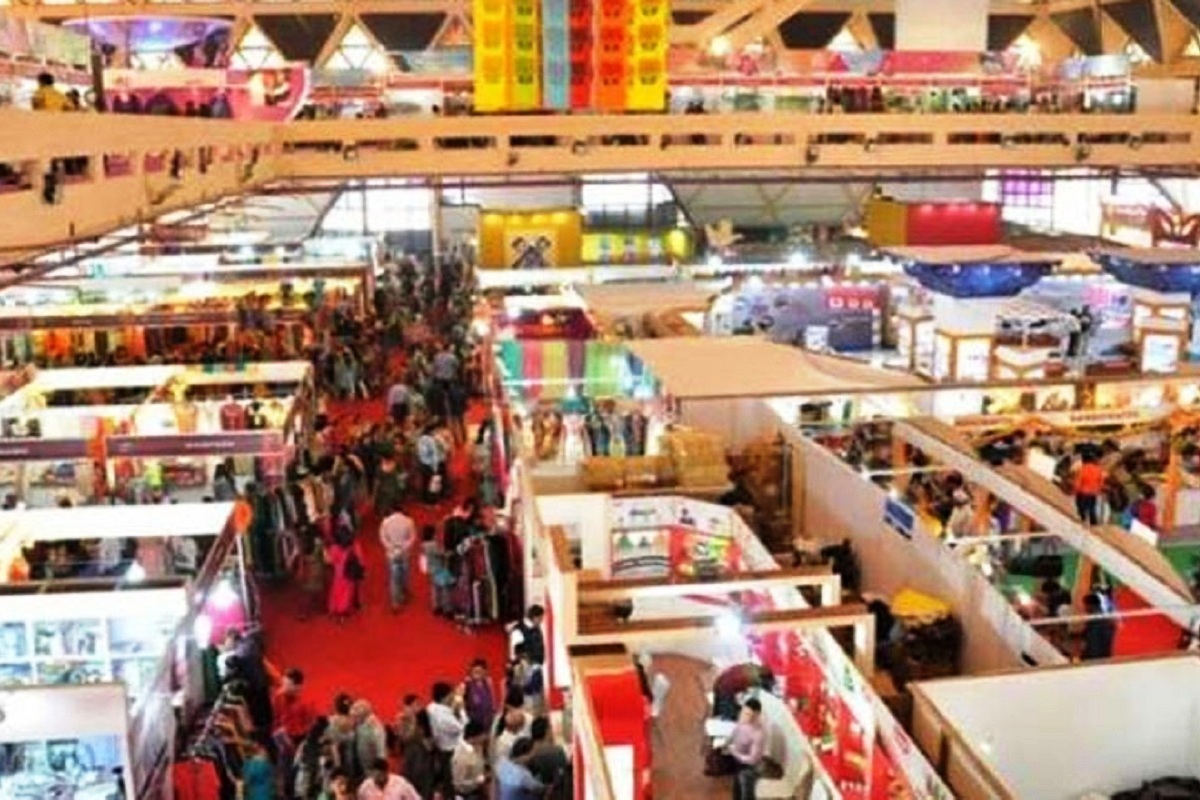E-commerce continues robust growth trajectory in 2024 driven by smaller cities
Propelled by rising demand from smaller cities, India’s e-commerce sector continued its robust growth trajectory in 2024.
The trade fair has come at a time when people are settling down to locating their requirements on laptops and PCs.

(File Photo)
A massive physical trade fair in an era of e-commerce explosion! Yes, this is what Delhi’ites are gearing up to enjoy in the fortnight beginning 14 November. The India International Trade Fair was not held last year because of Covid-19.
In this gap of one year, a lot has changed in the national Capital. Repeated lockdowns and social distancing regulations forced people to stay indoors and do shopping on the Internet. While the withdrawal of restrictions took time, citizens got used to working on online shopping websites.
Advertisement
The trade fair has come at a time when people are settling down to locating their requirements on laptops and PCs. Still, the fair is welcome with all its attractions, not the least of which in previous years was the gastronomic extravaganza spread across the entire fairgrounds.
Advertisement
None can forget the chole-bhature, aloo-tikki, chow mein, bhelpuris and dosas available in clusters of eateries organised by the fair administration. States’ pavilions, too, had at their exit points, stalls of coffee and snacks representing their regions. The fairs had cultural shows in open-air theatres. Old timers will definitely compare the coming fair with the earlier ones.
Known to attract crowds as days passed by, the fairs always had parking problems. One remembers having parked one’s car in nearby Purana Qila Road localities. A little away, there were organized parking lots authorized by the local authorities at lawns close to the National Stadium. The coming event will be under social distancing norms, even though Covid-19 cases have fallen to a negligible level.
This will mean there will be no stampedes at foreign pavilions, or at heavily discounted sales of mirror-work shawls at the Gujarat pavilion or for traditional silk saris at the Odisha pavilion. Unregulated crowds often led to separation of children from their families, leading to frequent announcements on the public address systems for parents to recover their children from police booths.
The enforcement of the social distancing restrictions will determine the turn-out of visitors to the fair. People who felt restrained in their celebration of Durga Puja and Ramlila festivals due to the strict restrictions will certainly visit the fair, and compensate for their loss of social interaction. They will come out in their Sunday best and enjoy the outing. Fairs or melas have always been part of Indian life.
Delhi has seen even temporary fairs held in vacant spaces, with all their colour and mind-blowing music, and “maut ka kuan” (well of death) show of motorcycles moving up and down in deep wells. There were magic shows, hasee ka khazana with mirrors depicting distorted visions to make people laugh. It was fun visiting such fairs at 50 paise per ticket.
The development of the city has left no vacant plots where these “travelling” fairs can take place. Pragati Maidan introduced the modern fairs with different themes. The coming trade fair has the theme of “Atmanirbhar Bharat.” There will be no dearth of glimpses of the Indian economy recovering fast to its glory, after the setback from the pandemic.
It will be worth appreciating how Made in India goods are finding acceptance in foreign markets. The location of the fair will be the newly-built halls of the International Exhibition-cum-Convention Centre, as well as old halls. If the trade fair has come, can the circus be far behind? The circus business ended with the outbreak of Covid-19.
The Red Fort lawns were a prominent venue for one of the largest circuses to visit Delhi. It is a difficult guess to make if any circus infrastructure is left in the country which can be revived, and entertain today’s young generation.
(Contributed by: Deepak Razdan and Asha Ramachandran)
Advertisement